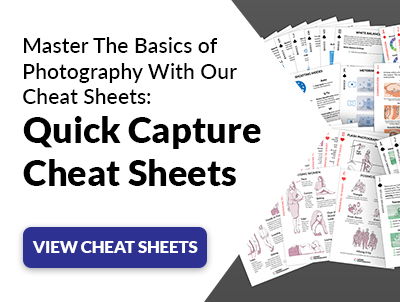Glossy vs Matte Photos for Framing? (Best Photo Paper)
If you’re having photos printed and framed, there are two main choices when it comes to photo paper. You can choose either glossy or matte.
There is no conclusive answer to the glossy vs matte photo debate. But there are some differences you need to be aware of before you start printing and framing your favorite photos. Both give you a professional finish, but the final choice will come down to personal taste.
In this article, we’ll take you through the main differences between glossy and matte photos in this article. We will examine the upsides and downsides of each paper type, and by the end, you’ll know whether you prefer glossy or matter photos.
 © Brandi Redd
.stg-desktop {
display: block;
}
.stg-mobile {
display: none;
}
@media screen and (max-width: 768px) {
.stg-desktop {
display: none;
}
.stg-mobile {
display: block;
}
}
© Brandi Redd
.stg-desktop {
display: block;
}
.stg-mobile {
display: none;
}
@media screen and (max-width: 768px) {
.stg-desktop {
display: none;
}
.stg-mobile {
display: block;
}
}
Glossy Vs Matte Photo
Let’s get stuck into the details of the glossy vs matte debate. We start by looking at glossy photo paper, including the downsides to using this paper. Then we look at matte photo paper to see if that’s a better fit for your framed photos.
You can also see our top photo printing paper recommendations by clicking this link.
What is a Glossy Photo Finish?
As the name suggests, glossy photo paper adds shine to your prints. A glossy print has an extra gloss layer on the photo print that gives it the shiny finish. You’ll see the glossy finish as the standard option with most photo printing services.
For high-definition photo prints, the glossy finish is superb. With its shiny nature, the finish enhances colors and contrast to produce vibrant printed photos. Many people choose glossy paper for the professional look it lends to images. You’ll get deep blacks and increased sharpness in your photos.
The glossy print is great if you want your framed photos to make a statement. It’s also a modern and stylish look. Your pictures will look premium without the premium cost. The enhancing nature of glossy paper is also great for edited images.
There are several different variations for glossy photos. You might see options such as soft gloss, semi-gloss, or high-gloss. As the names suggest, you can lessen or strengthen the gloss effect of the final print. This is an advantage in some situations.
Glossy photos are the default option for most everyday images. Think holiday snaps or family photos. The glossy finish is perfect if you’re printing smaller photos for scrapbooks. You’ll often see the shiny surface of glossy photo prints on wedding photos. High-definition photos look great with vibrant colors popping in a gloss finish.
Glossy prints are usually inexpensive. When compared to matte prints, they are often cheaper. This makes them ideal for personal use or printing many small photos. They also work well for poster prints, but be aware of any light reflection.
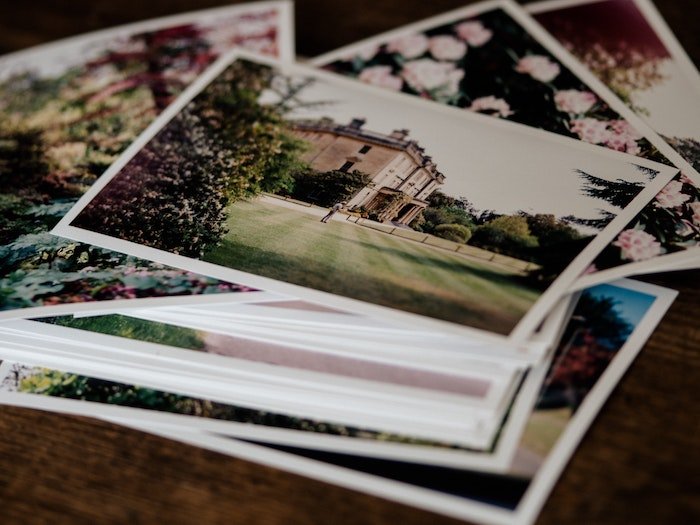 © Annie Spratt
© Annie Spratt
The Downsides of Glossy Photo Paper
Even though it is popular, the glossy print isn’t ideal for all situations. If you want to frame or sell your shots, there are some disadvantages.
The glossy layer is easily smudged or marked if it comes into contact with anything. This makes it ill-suited for prints that will be touched often.
The surface of glossy prints reflects light, producing glare when seen under strong lighting. This can make viewing the image difficult from certain angles.
You have to take this into consideration when framing and mounting photos. The lighting has to be just right to get the best effect of the glossy finish. Too much directly light will cause reflections and glare, which can ruin the viewing experience.
Glossy photos can also stick to glass frames. But they are an excellent choice if you’re framing high-definition shots without glass. But when you add glass on top of it, you’ll get even more glare and reflection.
If you want large prints of your photos, glossy photos may not be the best choice. Glossy photographic papers work best with smaller prints. And they’re usually the standard option for printing labs.
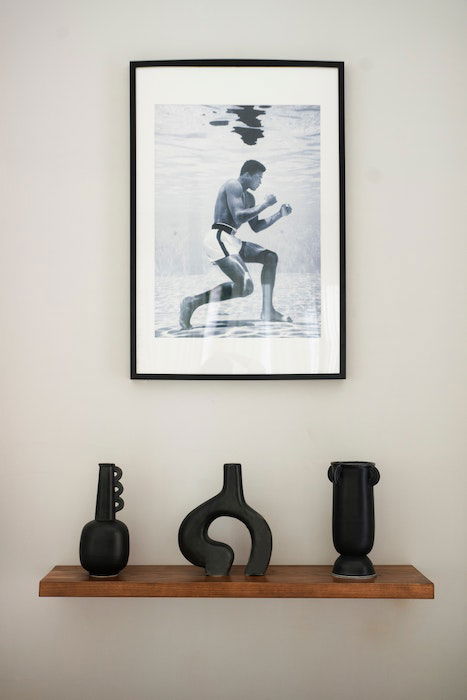 © Sarah Khan
© Sarah Khan
What is a Matte Photo Finish?
The softer matte finish is becoming more and more popular in the photography world. Glossy photos remain the most common option. But their more reserved cousin also deserves some time in the spotlight.
Thanks to the non-glare coating, matte finish paper is perfect for achieving that classic look in your photos.
It strips away most, if not all, of the gloss and shine from the paper’s surface. This gives the print a flat, non-shiny look that doesn’t remove color intensity or contrast.
Matte papers have an uneven, almost rough surface like nonabrasive sandpaper. This surface helps absorb light rather than reflect light.
You’ll often see matte finish photos displayed behind glass. Because the paper lacks a reflective coating, you won’t have the issues with the glare that glossy paper has. Matte finishes are a popular choice for many professional photographers.
A matte coating produces subtle effects, so many photographers prefer it for business use. It can provide outstanding balance and create richness in the image.
The matte finish is fantastic for showing your work in a studio or framed on a wall. Matte photos cope better with strong lighting, even behind a glass frame.
This subtlety makes matte paper the ideal choice for black and white and sepia tone images. If your images are sharp, the uneven textures of matte paper can add depth to your pictures. Matte paper is excellent for achieving a cinematic feel with your work. It’s also an ideal choice for printing images from film.
You also won’t need to worry about fingerprints or smudges with matte paper. They won’t show up as often, and scratches and marks will be less noticeable. If you handle your images often, stick with a matte finish.
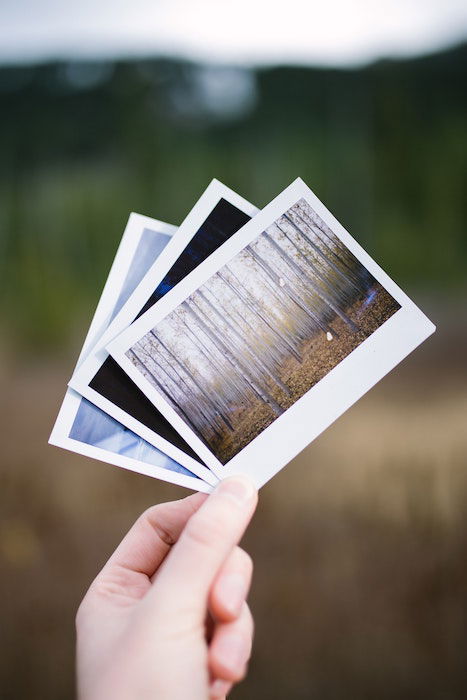 © Cole Keister
© Cole Keister
The Downsides of Matte Photo Paper
On matte paper, colors and contrast will be less intense and somewhat muted. You’ll notice that your images may appear less vibrant when compared to their glossy counterparts.
Your images will also be less sharp if printed on matte paper. For shots such as portraits, it’s something to consider. If you want sharp, high-resolution prints, matte may not be the best choice.
High-quality matte prints also tend to be a little more expensive. If you want to get the most out of the style, it pays to choose the best.
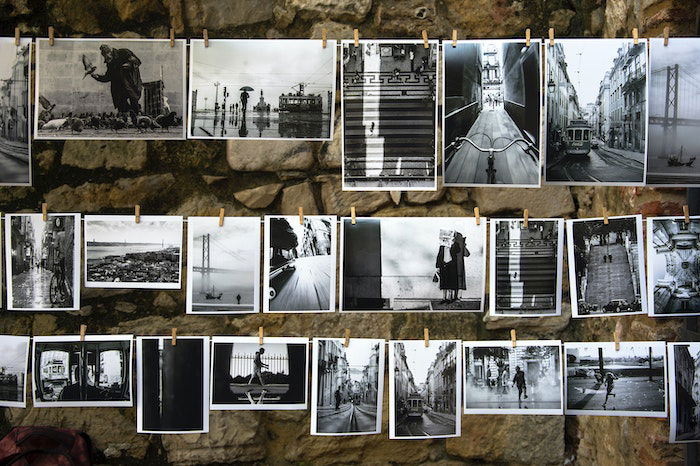 © Brigitta Schneit
© Brigitta Schneit
Is Matte or Glossy Better for Photos?
The question of matte vs. glossy photos can be subjective. It depends on the effect, location, subject, and style. Yet, there are some essential characteristics of each that are important to know.
Both matte and glossy paper is great for photos. Neither is “better” than the other. Much of it comes down to specifics and how they impact your pictures.
It also comes down to your personal preference. Go for gloss if you like the high-quality sheen of glossy prints over the softer, more subtle matte look.
B&W vs. Color
When considering glossy or matte for black and white photos, matte often works better. This is also true for sepia tones.
If you prefer the sheen and intensity of glossy paper, it still has its advantages. For example, if you’re printing high-definition images or large poster prints.
For color printing, you’ll get deep richness and contrast with glossy paper. While matte can look great, especially with film, most color printing looks best on glossy paper. Event photographers usually print color photos on glossy paper.
Be Aware of Glare
Be sure to consider the glare and reflections that you’ll get with glossy paper, especially if it’s behind glass.
If you want to minimize some of the glare of glossy photos, try a semi-gloss option. Choose matte for less light reflection and for framing photos.
For vibrant color and visual appeal, choose a gloss finish. This is especially important if you will be exhibiting your images professionally.
Which is Better Quality?
You may be asking the question— are glossy or matte photos better quality?
Again, this comes down to preference and application. You’ll also get different results if you use a high-quality print compared to a cheaper alternative.
Glossy photos give you that premium look, but the classic matte effect is striking. The best way to compare is to print an image using both paper styles.
Comparing them will give you an excellent eye for how your photo changes depending on the finish.
Cost
Cost should be something you consider, especially when printing in bulk. Glossy paper tends to be the cheaper option, making it great for everyday and personal use.
While high-quality glossy paper adds cost, it is still often cheaper than matte, ideal for professionals. But matte is gaining popularity, which may change cost balance in the future.
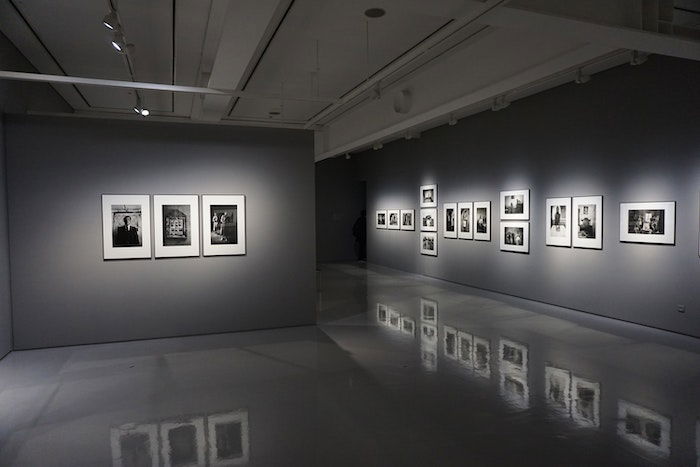 © Eric Park
© Eric Park
Conclusion
The glossy vs. matte photo debate doesn’t have a clear-cut answer. Like many other aspects of photography, it’s partly a subjective choice. While each has some distinct advantages, neither makes for a wrong option. Consider the reflective downsides of glossy papers and the dulling effects of matte.
Glossy photos are more common, more popular, and often cheaper. Matte is a classic, vintage look that is increasing in popularity. Just like you experiment with the shots you take, experiment with what paper finish you use. Know what you want your pictures to say and how you want them to feel, then decide!
Take our Effortless Editing with Lightroom course to make sure your photos look amazing no matter what paper they’re printed on!
By accepting you will be accessing a service provided by a third-party external to https://kendallcameraclub.org/

